A terrace garden is a common sight in metropolitan areas in India. This is getting very popular in cities such as Mumbai, Delhi, Hyderabad, Bangalore, Chennai, and many other large cities in India. Skyscrapers are taking their place in the middle of cities and towns. This has led to a decline in the number of private house gardens, and the only sites where planting is still possible are rooftops, terraces, and balconies. Let’s check out more information on terrace garden cost in India below.
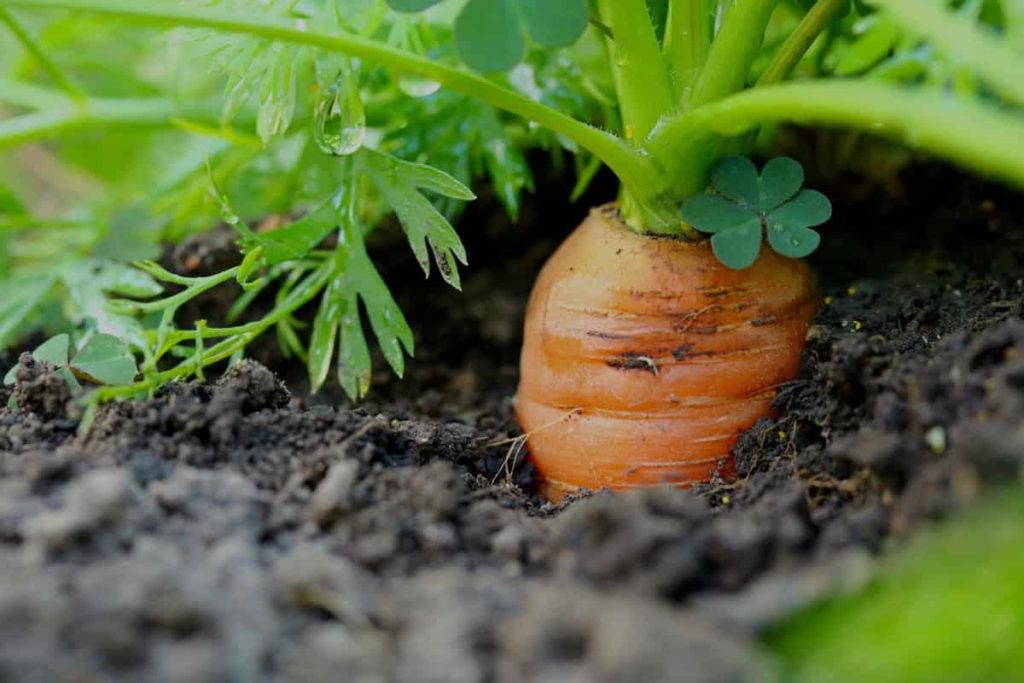
There’s no need to worry about your hard work getting washed away in the rain with terrace gardens. This solution allows homeowners with steep slopes to build “mini-gardens” that minimize erosion. Watering and drainage will be easier this way. A terrace garden can also be used on any business or residential house’s flat or sloping roof. There are several methods to make your terrace more useable. You can add water features, a vegetable garden, or container plants to this little terrace.
Terrace gardens can add beauty to any Indian setting, mainly when planted with perennials, annuals, or evergreen creeping bushes. Below we learn about terrace gardening costs in India, terrace gardening in India, advantages and disadvantages of terrace gardening, terrace garden setup costs in India, the best plants to grow on Indian terraces, and how to set up a terrace garden in India.
Advantages of terrace gardening
The only way to get the most nutrients out of veggies is if they are produced in excellent soil and eaten immediately after picking. This is achievable if you grow vegetables near your kitchen using a rich potting mix, such as compost and oil cakes. Vegetables grown yourself are widely accepted to taste better. They will have a superior flavor as a result of their caring growth. They’re not only better tasting but also better in terms of texture and structure. They are larger, sweeter, tastier, and cook in a fraction of the time.
Terrace gardening can help strengthen family ties, a less obvious but no less significant benefit. You can spend valuable time with your loved ones while gardening. It’s a great way to keep kids active and entertained. Because nature is self-sufficient, it never asks for payment for its services, and in return for your appreciation, it showers you with its abundance.
As a result, nature provides you with free food. A healthy diet can save a lot of time at the doctor’s office. People who spend more time outside seem more resilient to mental illness. Being in the garden and seeing the seeds sprout, develop, and bear fruit is both therapeutic and calming for the mind. In reality, horticulture therapy is often utilized to help individuals with dementia recover their sense of well-being.
Terrace gardening is an excellent method to de-stress and focus on today’s hectic world. Gardening on the terrace can help you regulate the temperature and humidity in your home. In addition, you’ll be able to spend valuable time with your loved ones while beautifying your home.
Disadvantages of terrace gardening
Maintaining a roof garden takes more effort than maintaining a regular garden. Extra garden maintenance may be required for certain plants, such as fertilizing the growing media. Owners of rooftop gardens who wish to grow plants that demand a lot of water may need to install a watering system. Make a detailed plan of your garden’s layout. If you aren’t an expert gardener, starting small and allowing your plants to grow to their full potential is better.
In case you missed it: How to Start a Terrace Garden from Scratch in Pune/Maharashtra: For Vegetables, Fruits, Flowers, and Herbs
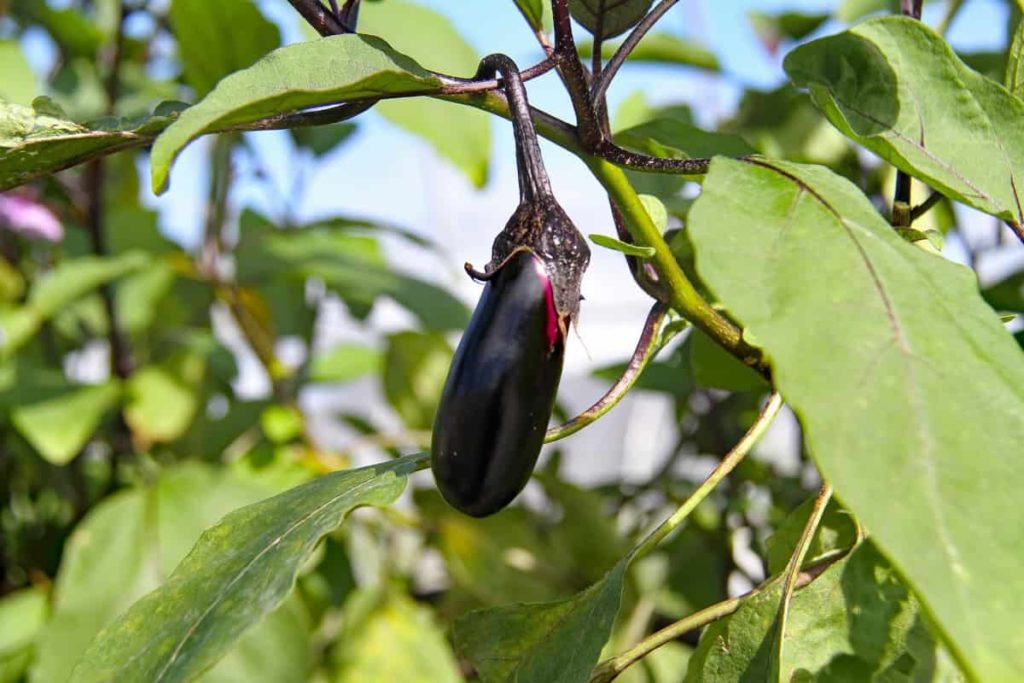
Since many planters, storage boxes, and trellises can be put together after they come, accessing the roof will be easier. Begin with little plants rather than hauling around huge ones. The growing media can often be blown away by the wind on roof gardens. Don’t allow soil loss to be a deal breaker since certain windbreakers can help decrease it. If a repair is necessary, the amount of time needed is more.
It will require the removal of several layers of roofing material before you can access the waterproof coating buried under a roof garden that is leaking. If you cannot determine the origin of a leak, you may have a very tough time locating its source. This is why hiring an expert to create your rooftop garden is essential.
Cost of a terrace garden
How to estimate the cost of a terrace garden?
If you are considering beginning terrace gardening, your budget should account for the costs of seeds, saplings, containers, and the soil bed or manure. If one starts by making small investments each month and utilizes containers that have been recycled, then one’s costs will be decreased. If one considers the whole endeavor a worthwhile investment, one will find that the returns are highly satisfactory.
A hand hoe, flower can, hand sprayer, gardening hose fitted with a sprinkler, bamboo stakes and jute threads, containers and pots, quality seeds, healthy soil, excellent organic manure, river sand, and agrochemicals are necessary for terrace gardening. You also have to include the costs of waterproofing your terrace, adding an insulation layer, drainage systems, and vegetation layer.
Rough terrace garden cost in India
The below table is a rough assumption of the cost for a 500 sq feet terrace.
| Waterproofing your terrace | ₹5,000 |
| Adding an insulation layer | ₹3,000 |
| Drainage systems | |
| Vegetation layer (potting soil) | ₹6,000 |
| Gardening tools | ₹1,000 |
| Pots and other containers | ₹4,500 |
| Seeds and seedlings | ₹2,000 |
| Watering systems (drip and sprinklers) | ₹3,000 |
| Fertilizers, manure, and pesticides | ₹2,000 |
| Green nets, wind barriers | ₹4,000 |
| Installation charges | ₹3,000 |
If you like, you can do it this way. To install a Terrace Garden in a simple community home would be Rs. 50 and 60 INR per square foot of floor space. At the costs now being charged, installing a terrace garden that is 500 square feet in size would cost between Rs. 30,000 and Rs. 50,000. These costs can also fluctuate depending on the selection of materials and the type of terrace garden you choose.
How to set up a terrace garden in India?
Load capacity: Find out how much weight your roof can withstand. The roof’s maximum weight capacity is determined by its loading capacity. This includes everything from plants to furnishings to equipment to visitors to weather-related difficulties like snow. To find out how much load your terrace can sustain and to discuss your plans for a terrace garden, speak with an engineer.
Sun exposure: Depending on the species, your garden may need anywhere from 6 to 8 hours of direct sunlight daily. Consider taking a week-long observation of sunlight patterns to verify that other buildings don’t obstruct your roof. To obtain an accurate image of how the exposure changed during the day, attempt to keep watch of the sun as it rises, rises, and sets throughout the day.
Wind exposure: Rooftop winds are often significantly more forceful than ground-level winds, especially when a building has many levels. If plants are exposed to strong wind, they can be severely damaged or even perish. Structural windbreakers like trellises may be necessary if strong winds have battered your roof. Wind speed can be determined using a weather vane, an anemometer, or just climbing up on the roof and looking about. Water your plants often since wind can cause the soil to become depleted.
Plan your terrace garden
Whether it’s a container garden, a raised bed garden, or a resting area in the middle of the terrace, map out your garden’s layout before digging. Consider the amount of light and shadow each plant will get when selecting where to place it. Plant pots should be placed in places where water can be easily accessed. Certain crops grow in full sunlight, while others require dark conditions. The plant’s location must be re-evaluated depending on the plant utilized.
In case you missed it: Onion Seed Germination, Time, Temperature, Process
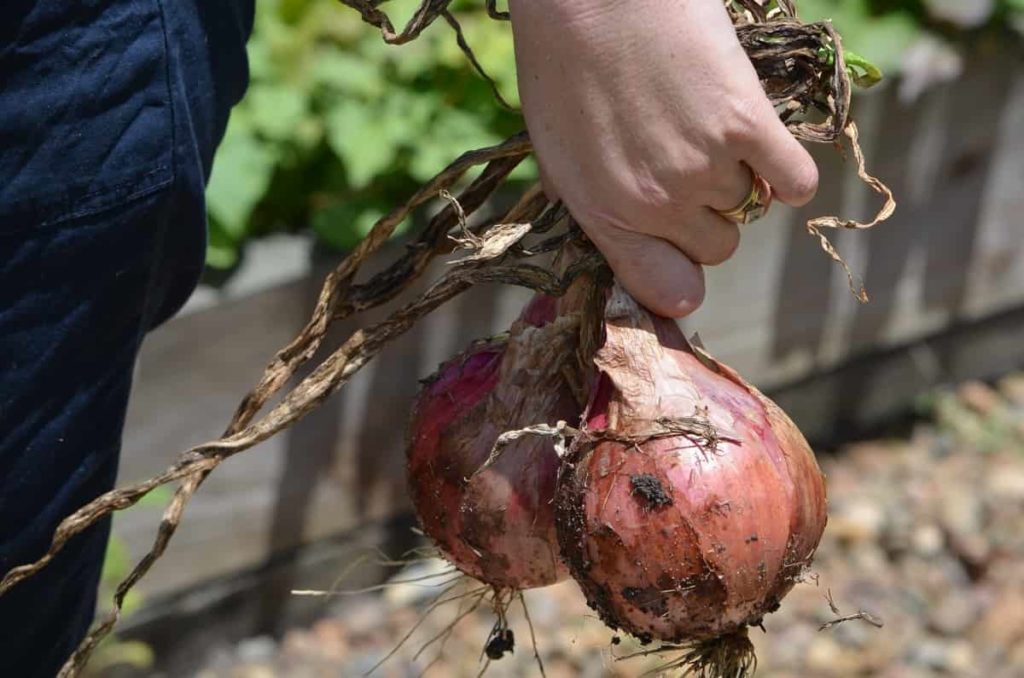
Waterproofing the terrace
The area must be waterproofed before any landscaping can begin. It’ll help keep the building safe from damage. Leaks and roof damage are possible outcomes if your structure isn’t watertight. The roof must be waterproofed before building raised beds or vegetation layers on top of it. You can do the roof waterproofing yourself using a massive tarpaulin sheet or hire professionals to do it for you. This one-time expense technique will increase the longevity of your roof. Once you’ve completed the waterproofing, you can go directly to the terrace garden.
Follow these directions if you want to do it on your own. Get rid of the mortar by scrubbing the surface and scraping it away. Improve the water flow by raising the corners of the roof. For 48 hours, leave the area to check for leaks. After that, apply the primer, Ardex WPM 300, after the first coat of the waterproof chemical-containing mesh has been applied to the surface. In the last step, WPM 002 waterproofing chemical cements the flooring. To ensure that the floor is waterproof, the next step is applying another layer of WPM 002.
Ensure the drainage
Any plant’s growth depends on the soil’s ability to absorb moisture and nutrients, and this can only be achieved if the soil is porous and not waterlogged. By putting down a drainage mat on top of the insulation, you’ll be able to keep the insulation layer from becoming wet. As a result, organic waste and dirt will not wash away, blocking your drains and preventing the proper flow of water.
With container gardening, all you have to do is guarantee that any excess water that leaks from the pots can be evacuated, and the plants won’t drown. Due to the amount of watering necessary for potted plants, it’s good to have a water source nearby on the terrace.
Select plants for your terrace garden
Stronger plants are more suited to terrace gardening since they can survive the potentially severe wind and sunlight. In the first year, seedlings with these features are more likely to survive. To add more sensitive plants, ensure adequate shelter from the sun and wind. Birds and butterflies might be attracted to your garden by using plants native to your region in India. They’ll also be easier to grow in your garden since they’re local to the area.
Plants are far more likely to survive if exposed to extreme heat or wind. Feeding birds and butterflies is a great way to attract more creatures to your terrace. To narrow your options, you can inquire at a local nursery about native plants. Large plants might make your terrace seem sluggish and leave you with less space for other sorts of design. Decorative little trees and bushes do exceptionally well in terrace gardens when contained in solid containers and protected from the wind by windbreaks.
You should plant up to two or four shrubs or trees to make the most of your available space. Plants with broad, flexible leaves are more susceptible to tearing in terrace gardens due to high winds. The colder months put them at greater risk for winter burns. When growing on rooftops, pines and other small-leaved plants perform particularly well.
Select the containers and potting mix
It is necessary to choose the soil by the plants. Filling containers with soil depends on the plants you’ve selected. To cover the whole roof with plants, the terrace soil must sustain their development. Terrace gardening requires pots and planters. Depending on your needs, use cement or clay pots.
In case you missed it: Okra Growing Tips, Ideas, Secrets, and Techniques
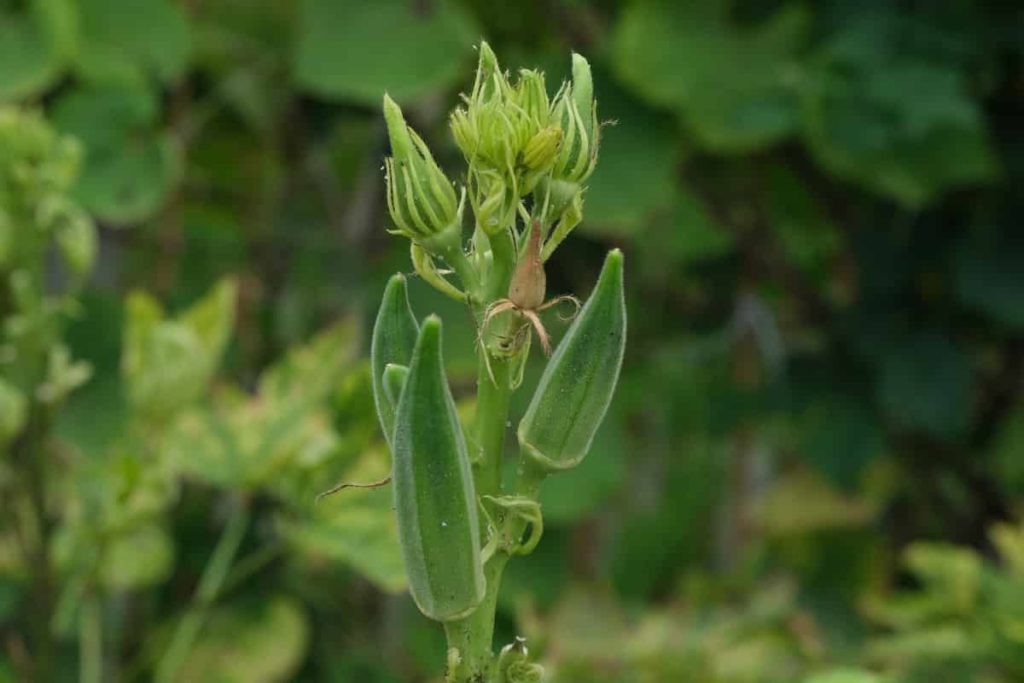
Instead of regular beds, you can buy raised beds for the terrace garden. Raised beds are longer and wider than pots. They’re perfect for vegetable gardening. You can get trellises to support your climbing plants, which will be helpful for vertical gardening. You can decorate your terrace garden by hanging a few tiny blooming plants from the ceiling.
Prepare the soil for your terrace garden
An ideal combination should have equal amounts of soil, vermicomposting, and sand. The kind of plants present influence the soil. Each pot should be filled with the correct quantity of soil mixture, depending on the kind of plants you want to grow. There are several nurseries where you can get this pre-mix, although the costs are cheap.
Instead, you should purchase each component separately and then put them together. The plant will grow strong and healthy if the soil is appropriately nourished. Remember that nutrients are washed away when it rains since this is a crucial aspect to keep in mind. These nutrients must be replenished. You should never use soil that has been chemically treated. Additionally, it removes microorganisms that might be good for you and those that could be bad for you.
Water your terrace garden
Ensure there is a water source near the garden area. Moving jugs from the ground level to the terrace is challenging to water the plants. If you don’t have access to a watering can, you can still water the terrace using a garden hose or sprinkler. Water at ground level. Do not moisten the leaves since this might encourage the development of disease. Use self-watering containers if your balcony confronts the sun or is exposed to the wind.
Potted plants benefit from the addition of water-holding granules to the soil. Slowly and steadily, they inhale and exhale water. Watering time is reduced as a result of this method. Your terrace garden needs mulching. As a result, moisture is kept in. An apartment terrace can be transformed into an urban garden in little time at all. Overlay the soil with a layer of mulch. It is possible to use bark or leaves, or even wood particles.
Decorate with gravel and stones by using them to your advantage. Avoid over-watering the plants. Dig down a few inches to determine how much moisture is in your soil. Only moisten the soil if it’s dry or mainly dry after poking it for two inches. If your terrace isn’t covered, be cautious during the rainy season. Early morning watering is best.
When watering newly transplanted or young plants, do it often but sparingly. Dry conditions have a greater impact on young plants. As plants develop, they water more frequently. Every other day if you were previously watering every day. Increase your water intake as well, and make sure you get enough. To put it another way, the roots are now unable to grow.
Use organic fertilizers for your terrace garden
Maintaining a steady supply of fertilizer can help your crops grow larger. In addition to purchasing pre-packaged organic fertilizer online or at your local garden store, you can also use well-rotted manure from animals. Yet, if the soil is already full of nutrients, you may wish to avoid fertilizing.
Pest and disease management for your terrace garden
When you visit your garden, make a careful observation on your side. Seeds and saplings that pests and diseases haven’t infected are at the initial stage of gardening. Note that plants that can adapt to their surroundings are less susceptible to disease. Keeping your garden free of weeds is essential since they are a breeding ground for pests and diseases. Ensure that crop rotation is in place to keep insect populations low.
In case you missed it: How to Grow Tomatoes in Michigan: Planting to Harvesting Guide
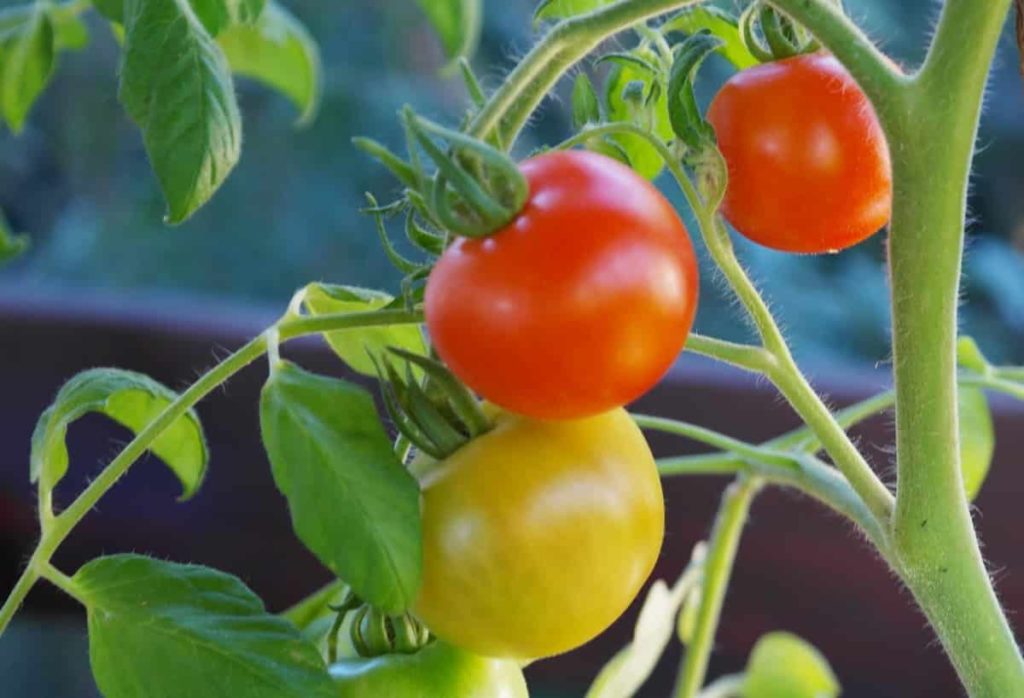
Make use of decomposing farmyard manure and compost, which encourages the growth of soil-borne diseases and grubs. The soil in your garden should be kept at the correct moisture level. Maintain the proper spacing between plants. Soil sterilization, the process of exposing the soil to the sun to kill bacteria, fungi, and viruses, can be done throughout the summer. Insects like caterpillars, borers, and slugs are removed by hand.
Trick or remove the plant’s infected branches, shoots, leaves, or blossoms whenever required. To prevent the spread of the disease, remove the infected plants. Pests and diseases are more likely to spread if old and base leaves are not removed. Remove the infected leaves. Spray the plant with a high-pressure water jet to eliminate sucking insects without damaging the plant itself.
The sticky yellow paper traps attract aphids, whiteflies, and other small flying insects. There are two other things we’d want to bring up with you. With so many small holes in the terrace, ants may be able to slip inside and weaken the structure. Spray the roof with pesticides to avoid ant invasions.
Best vegetables for terrace garden in India
Lettuce, beans, peppers, radishes, chilies, tomatoes, potatoes, carrots, cucumbers, brinjal, lady’s fingers, spinach, lettuce, bitter gourd, and bottle gourd are among many vegetables that can be grown on the Indian terraces.
Best fruits for terrace garden in India
Pomegranates, lemons, oranges, guava, peaches, pineapples, strawberries, gooseberries, papaya, and figs are among the many fruits that can be grown on the Indian terraces.
In case you missed it: Homemade Fertilizers for Root Vegetables: Potatoes, Carrots, Beetroot, Onions, Radishes, Turnip, Ginger, and Garlic
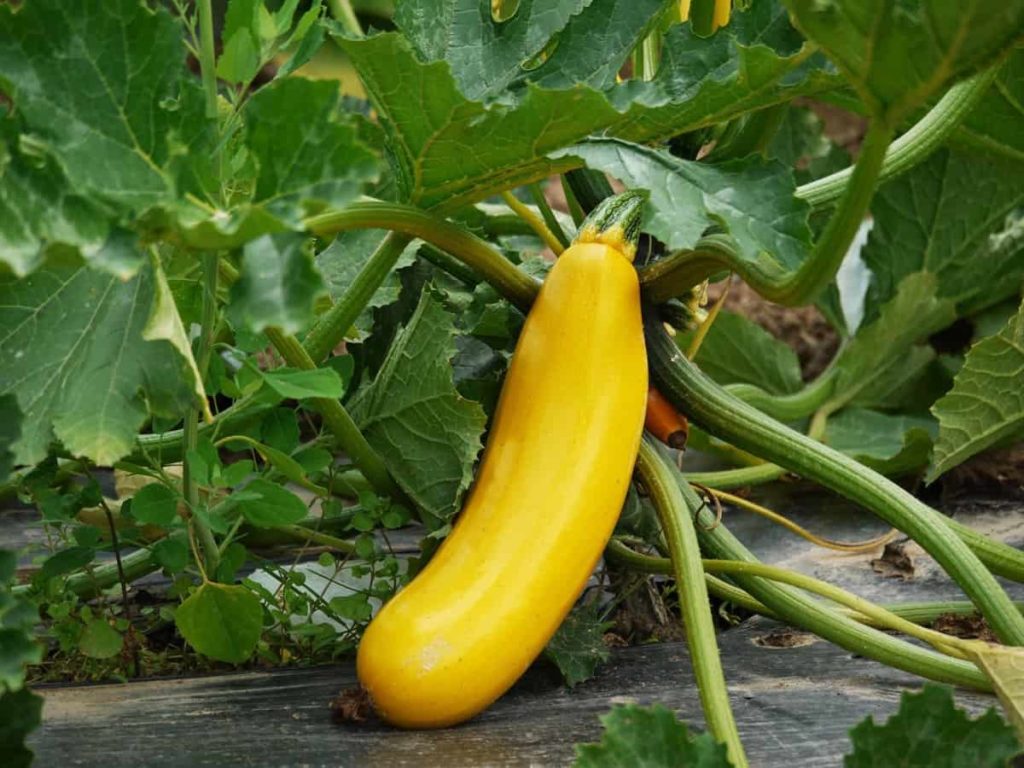
Best flowers for terrace garden in India
Rose, lilies, marigold, jasmine, hibiscus, dahlia, chrysanthemums, sunflowers, petunias, and inpatients, are among the many flowers that can be grown on the Indian terraces.
Best herbs for terrace garden in India
Basil, curry leaves, coriander, cilantro, lemon grass, fennel, dill, mint, and chives are among the many herbs that can be grown on the Indian terraces.
Conclusion
Many city dwellers have found that planting on their terraces can be a great stress reliever amid the hectic pace of city life. As well as helping to cool your home during the hot summer months, plants also help to purify the city’s dirty air.
- Broccoli Seed Germination and Selection
- Asparagus Seed Germination and Variety Selection
- Seasonal Flower Gardening: Best Practices for Spring, Summer, Fall, and Winter
- How to Grow Hibiscus from Flower
- Plantation Ideas for Home Decoration: A Beginners Guide
- Flower Garden Designs and Layouts for Beginners
- Planting and Spacing Techniques in Papaya: A Beginner’s Guide
- Growing Gold: Essential Techniques for Planting Pineapples
- How to Make Kalanchoe Plant Bushy: Home Remedies and Solutions
- 11 Reasons Why Your Gardenia is Not Blooming: Home Remedies and Solutions
- Eco Elegance: The Guide to Designing a Drought-Tolerant Landscape
- Gardening on a Slope: Strategies for Hillside Landscaping
- Nourish and Flourish: Top Organic Mulches for Thriving House Plants
- Everything You Want to Know about Indian Mogra Flower: Discover Uses and Growing
- Green Thumb Success: Expert Tips for Cultivating Greenhouse Pumpkins All Year Round
- Maximize Growth & Flavor: The Ultimate Guide to Companion Planting in Herb Gardens
- How to Control Rhododendron Problems Naturally: Home Remedies and Organic Ways to Fix Them
- Natural Magic: The Remarkable Benefits of Cinnamon for Plants
- Best Steps to Revive Dying Tulip with Natural and Organic Treatment
- 10 Reasons Why Your Angel Trumpet is Not Blooming: Remedies and Treatment
- How to Fix Periwinkle Leaf and Flower-Related Problems: Natural Remedies and Solutions
- How to Fix Zinnias Leaf and Flower Problems: Discover Natural and Home Remedies
- Organic Steps to Induce Lemon Tree Flowers: A Comprehensive Guide
- Bloom Booster: Crafting the Perfect Homemade Bougainvillea Fertilizer
- Optimizing Growth: A Guide to Applying NPK Fertilizer for Potted Plants
- 10 Best Homemade Fertilizers for Rubber Plant: DIY Recipes and Application Method
- How to Boost Female Pumpkin Flowers: Effective Steps for More Flowers and High Yields
- Transform Your Indoor Garden: Top Benefits of Pink Salt for Houseplants
- 10 Best Homemade Fertilizers for Peacock Plants (Calathea): Easy DIY Guide
- Unlock Blooms: 9 Reasons Why Your Potted Chrysanthemum is Not Blooming
- 8 Reasons Why Your Potted Hibiscus is Not Blooming: Fix it with Simple Solutions
- Unlock Blooms: 9 Key Reasons Your Potted Frangipani Won’t Flower
- 10 Reasons Why Is My Ice Plant Not Blooming: Remedies and Treatment
- 10 Reasons Why My Potted Hydrangea Not Blooming: Treatment and Remedies
- 10 Reasons Why is My Wisteria Not Blooming: Remedies and Treatment
- 10 Reasons Why is My Goldfish Plant Not Blooming: Remedies and Treatment
I want to set up roof garden and only vegetable plants. Kindly help on this
I want to set up vegetable and fruit garden on my terrace in Varanasi. Can you provide services?